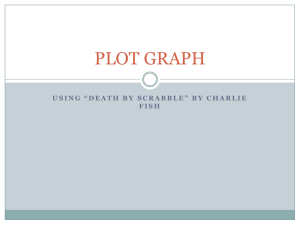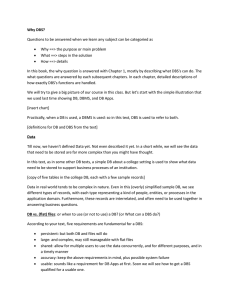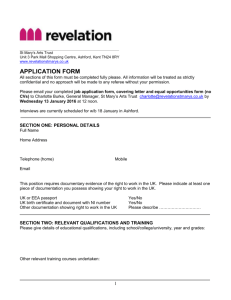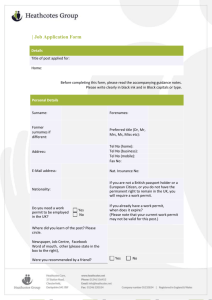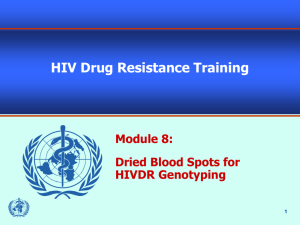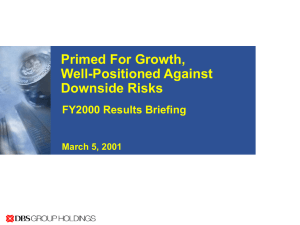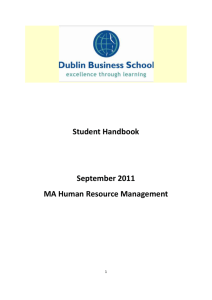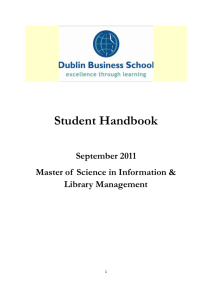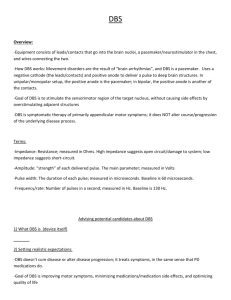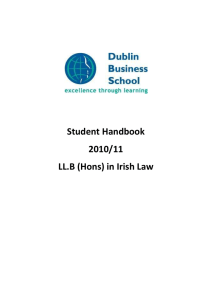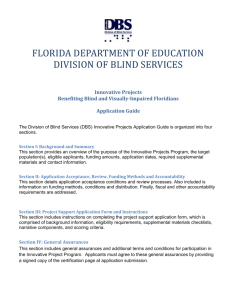Powerpoint
advertisement
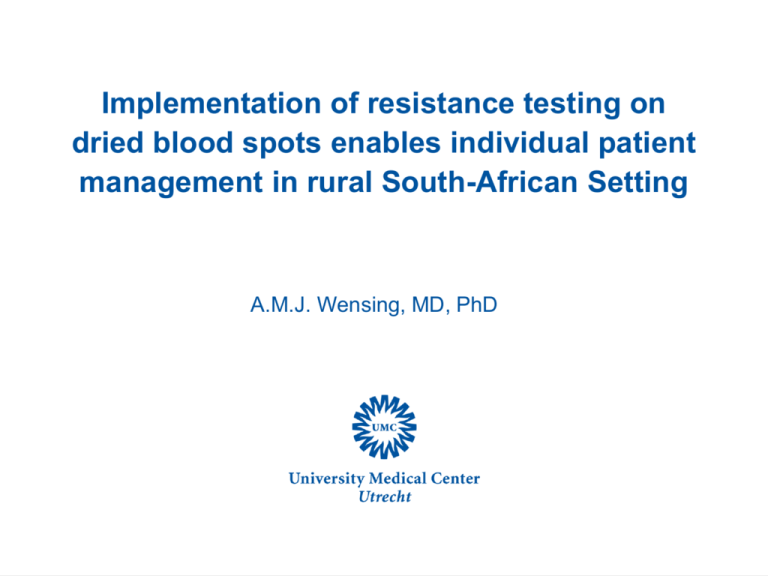
Implementation of resistance testing on dried blood spots enables individual patient management in rural South-African Setting A.M.J. Wensing, MD, PhD Introduction • Antiretroviral programmes have delivered HAART to 6,6 million patients in resource-limited settings • Monitoring is conducted by clinical symptoms, CD4counts and, if available, viral load • Overall, effective viral suppression is achieved1 resulting in health improvement and extension of life 1. Barth et al. Lancet Infectious Diseases 2010 Ndlovu Medical Center • ARV programme initiated in 2003: First-line ART: NNRTI, 3TC with (d4T) or AZT • Virological monitoring every 6 months, yearly once viral suppression has been achieved • Viral suppression rate (<50 cp/ml) is ca 80% • After initial virological suppression ca 20% of patients experience a viral rebound (> 1000 cp/mL) • Upon repeated testing: resupression or switch • Ongoing viraemia during first-line ART has been documented in a limited group of patients Accumulation of drug resistance observed during retrospective testing Number of mutations 100 80 baseline T1 T2 + 36% + 15% 60 + 76% 40 20 25 44 47 54 72 98 0 NRTI NNRTI Total Barth et al. Antiviral Therapy in press Obstacles to resistance testing in RLS • In case of therapy failure resistance testing is not generally available in remote settings due to: • • • • • • • • High overall costs Expensive equipment and limited after sales support Use of plasma, which requires cold-chain maintenance Insufficient space for appropriate laboratory flow to prevent contamination Unreliable power supply can interrupt procedures, damage equipment and compromise sample integrity Unreliable reagent supply Shortage of skilled laboratory workers Limited access to expertise for interpretation of results Pilot Project • Pilot-project implementing resistance testing on dried blood spots (DBS) as routine procedure • Eligibility: patients experiencing viral rebound after initial viral suppression • DBS are prepared locally from whole blood. • Once dried DBS are no longer infectious they can be shipped at room temperature by airmail to a reference laboratory. Test and report procedure • Inexpensive in house assay was modified for use of DBS • Nucleic acid is eluted from two 50ul spots using Nuclisens lysisbuffer • Nucleic acid is extracted using Minimag, amplified by nested RTPCR for PR-RT and sequenced • Individual patient reports • Include susceptibility ranking based on freely available algorithms • Expert advice is added by a clinical virologist based on observed resistance patterns, treatment history and local drug availability • Final report is provided by email within 3 weeks Email Report Patient Characteristics 1st line 2nd line Total Number of patients 56 28 84 Age, median 36 34 36 Female gender 67% 71% 68% Pre-therapy CD4, median 74 89 76 CD4 at DBS time 215 224 218 Log HIV-RNA at DBS time 4,2 4,2 4,2 Time on HAART, yr 4,2 3,4 4,0 Time on PI, yr - 1,7 DBS succes rate 96% 93% 95% DBS succes rate 100% 100% 100% when VL >400 Resistance Patterns observed in DBS % Extent of resistance was not related to therapy duration mediannumber amountof ofmutations mutations per per year year of Median of treament treatment 6 5 4 3 2 1 0 0-1 yr =5 1-2 yr 18 2-3 yr 12 3-4 yr 11 4-5 yr >5yr 8 9 In Summary • Resistance testing on DBS was successfully implemented as a routine clinical procedure in a rural setting • Resistance testing using in house methods enables optimized genotyping of DBS and reduces processing costs • Use of DBS sampling enables access to resistance testing even in rural settings Acknowledgements: Collaborations • Ndlovu Medical Center • Hugo Tempelman • Peter Schrooders • Mariette Slabbert ARTA University Medical Center Utrecht • Andy Hoepelman www.umcutrecht.nl/virusdiagnostics UMC Utrecht, Antiviral Escape Group
